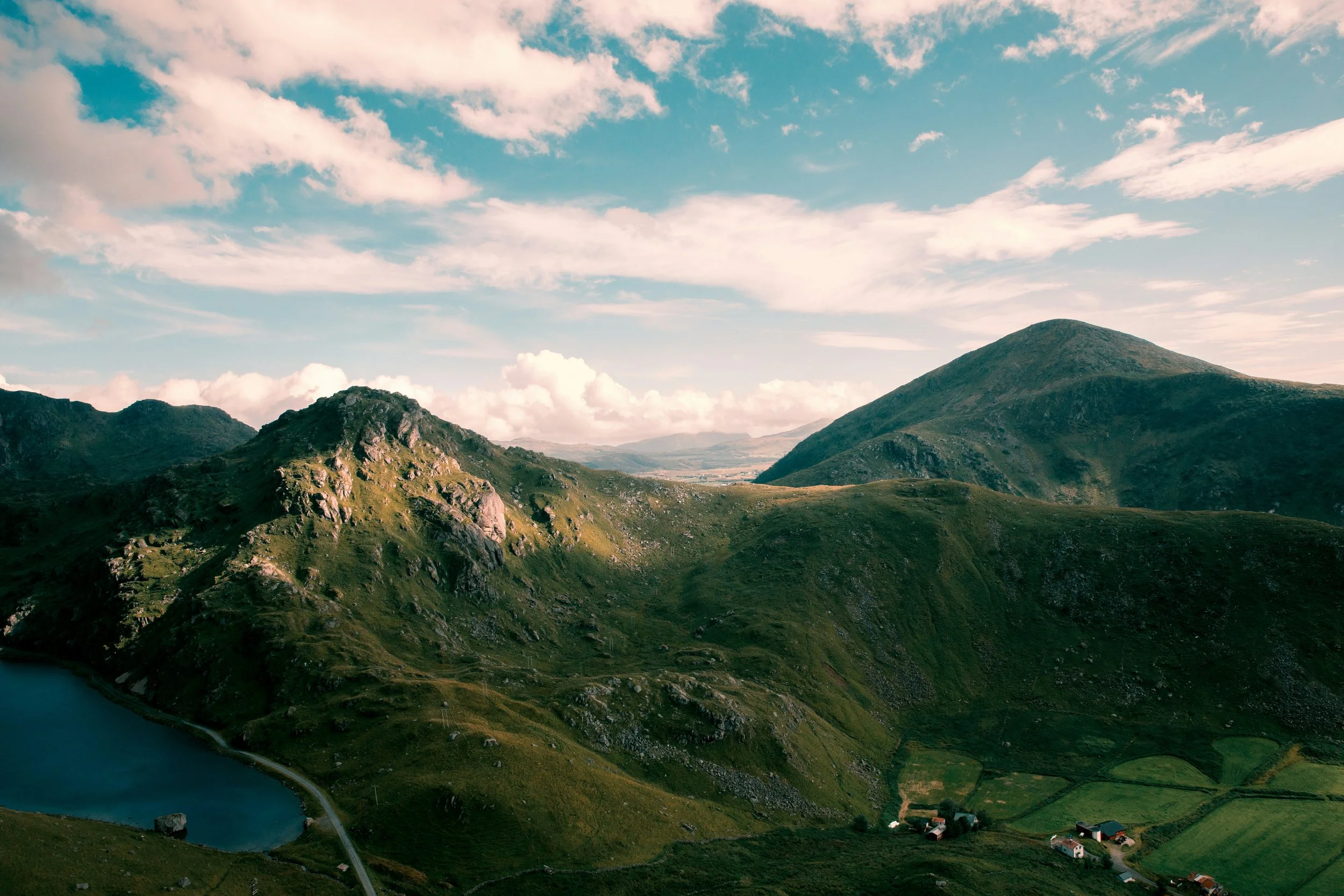My floundering baseball team had the night off; but I’m also a fan of the Vineyard Conservation Society, and a film buff, so I had multiple reasons to be at the Martha’s Vineyard Film Center on a recent May night to watch the Norwegian documentary “Songs of Earth.” The screening was part of the 10th annual Environmental Film Festival, co-sponsored by VCS and the Film Center.
Afterwards, Samantha Look, Executive Director of VCS, spoke about preserving the Vineyard and why we care about it. Sam made the usual plug for conservation, preservation, and stewardship. “Usual,” only because those challenges haven’t gone away. But one could be forgiven, at first, for sensing a slight disconnect.
Set amid the majestic snowfields, glaciers and fjords of Norway, “Songs of Earth” is something of a tour de force: a meditation on the fragility of human life in the palm of nature, as well as on aging and coming to terms. The musical score is elegant, and the scenery over-the-top beautiful; drone photography affords a visual glider-ride through nature in its rawest, in fact frozen, form. (Coincidentally, I’ve also been reading the Barrøy Chronicles, a wonderful trilogy by the contemporary Norwegian novelist Roy Jacobsen, set on this same rugged Norwegian coast. Start with “Eyes of the Rigel” – another tour de force.)
Norway is amazing, and one day I’d like to go there. But for some reason, on the night in question I was on the Vineyard instead. And Sam Look’s bold segue from Norway to the Vineyard got me thinking that maybe it’s not all that far. Or maybe it’s far but connected. Come to think of it, maybe everything’s connected. I think that’s one of the lessons of engaging with nature, even cinematically.
Most of us are hardwired to love nature in one way or another. “Songs of Earth” reminds us that nature doesn’t return our love; it’s indifferent or worse. It sings its own songs and doesn’t listen to ours. And yet, it’s no accident that we tend to find beautiful whatever is unmarked by humanity. It takes luck and practice to make a cult of this natural aesthetic, or a lifestyle choice, in the tradition of Muir, Thoreau, Henry Beston, and the like; but we’re all potentially spiritual beings, i.e., we’re creatures who thrive on connections to what lies beyond the self. (Too much self can be a drag.) And nature is a big thing that lies beyond, and entwines, the self. On a smaller scale, there’s also art, religion, family and friends, committee meetings, and baseball.
Not to get in too deep here (what – you wanted me to talk about wind farms?) but this nature-loving business (technically known as “biophilia”) relates to the dichotomy of Norway vs. the Vineyard. Here’s how I understand it: there’s upper ase Nature (awesome wilderness); and there’s lower case nature – the relative absence of buildings, cars, household pets, other people. And, depending on who we are, we need both poles and everything in between. We need both Nature (mountains and fjords) and nature (great ponds, sandplains, woodlands, unspoiled beaches.)
Maybe you’re getting my drift here. Nature overall is a spectrum, ranging from the magnificent creations of a possibly vengeful deity, on an utterly inhuman scale, to whatever else there is that we humans haven’t yet screwed up or paved over.
To complicate matters, sometimes we also need to accept crude compromises: forms of nature harnessed to our norms and technologies, such as lawns, playgrounds, swimming pools, ballfields, ski lifts, golf courses. Sometimes – and in some places. And don’t forget affordable housing. I’m both an environmental radical and a pragmatist with other political goals.
But my point is simple enough: we must view nature through a series of lenses. Based on our needs and opportunities, we access it in different ways and at different levels of wilderness, remoteness, danger, exoticism. Mountains and rainforests are nourishing; so are meadows and streams. It’s okay if the sources of such nourishment remain obscure.
“Songs of Earth” underscored these points. So, on the following night at the Film Center, did “Giants Rising,” a documentary about the California redwoods. Again, drones brought us closer to Nature’s majesty than we’d ever get otherwise.
As I grow older, I find that I’m developing a fondness for these big-Nature films. Maybe it’s because visual media compensate for what we lack in our immediate experience, or realize we’ll never get to see up close. Personally, I’m more of a small-nature type. I like islands, places that are ideal for walking, reading, and writing. Places of quiet beauty rather than loud. Soft, embracing places. I wish I were also a world-class outdoorsman; but it wasn’t my choice. I’m an indoorsman. It takes all kinds.

